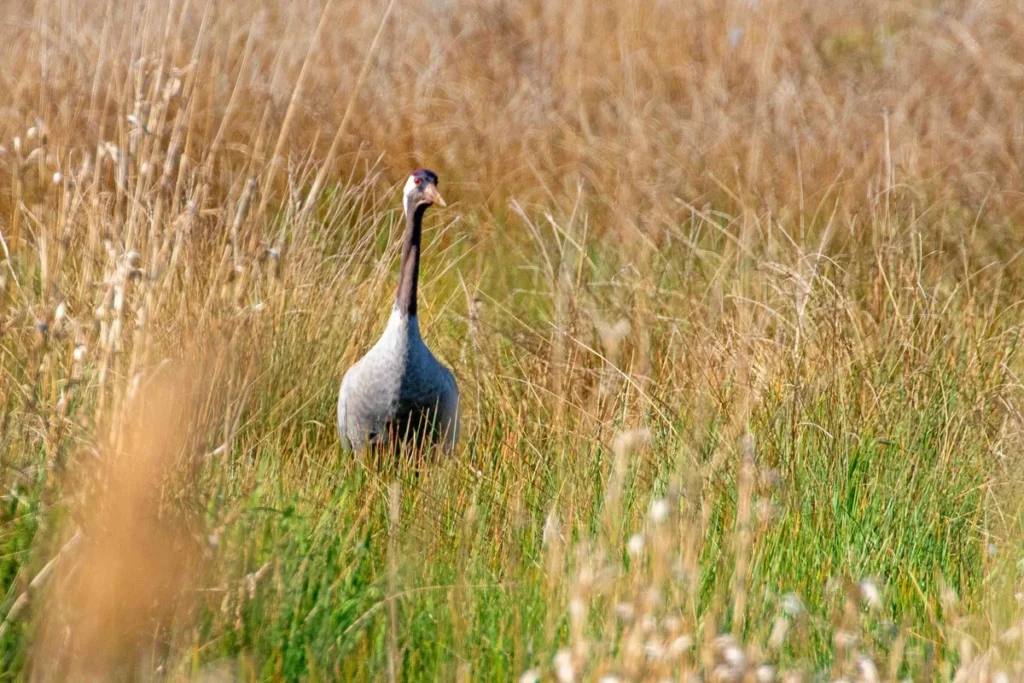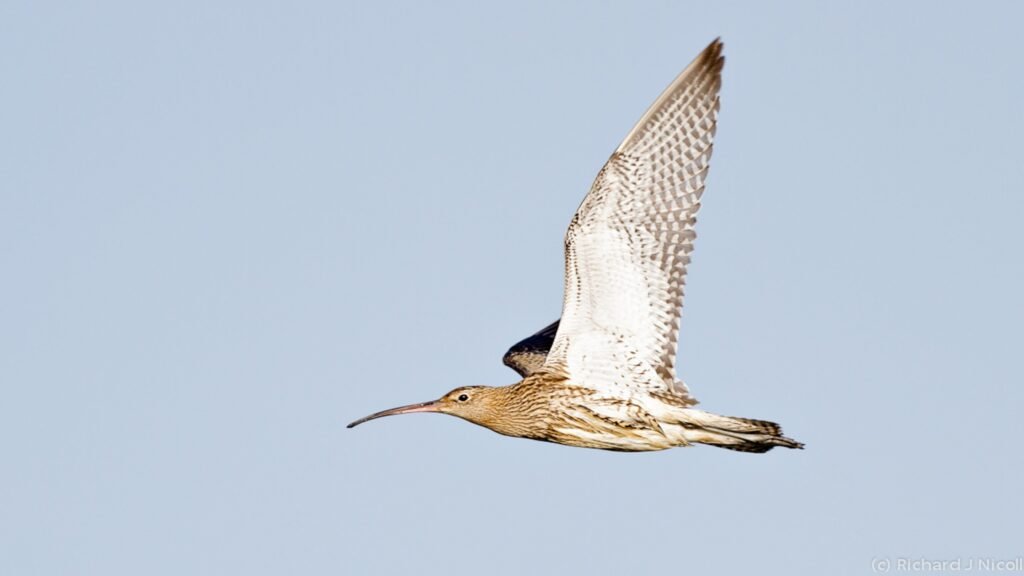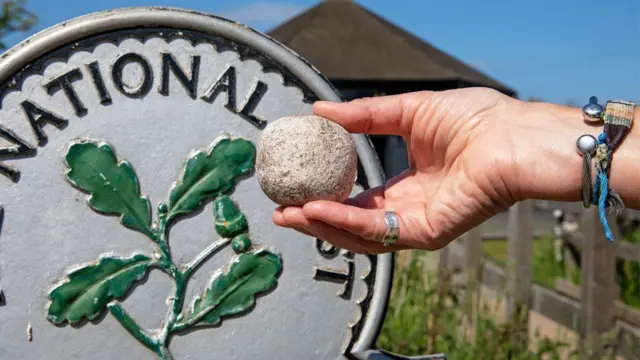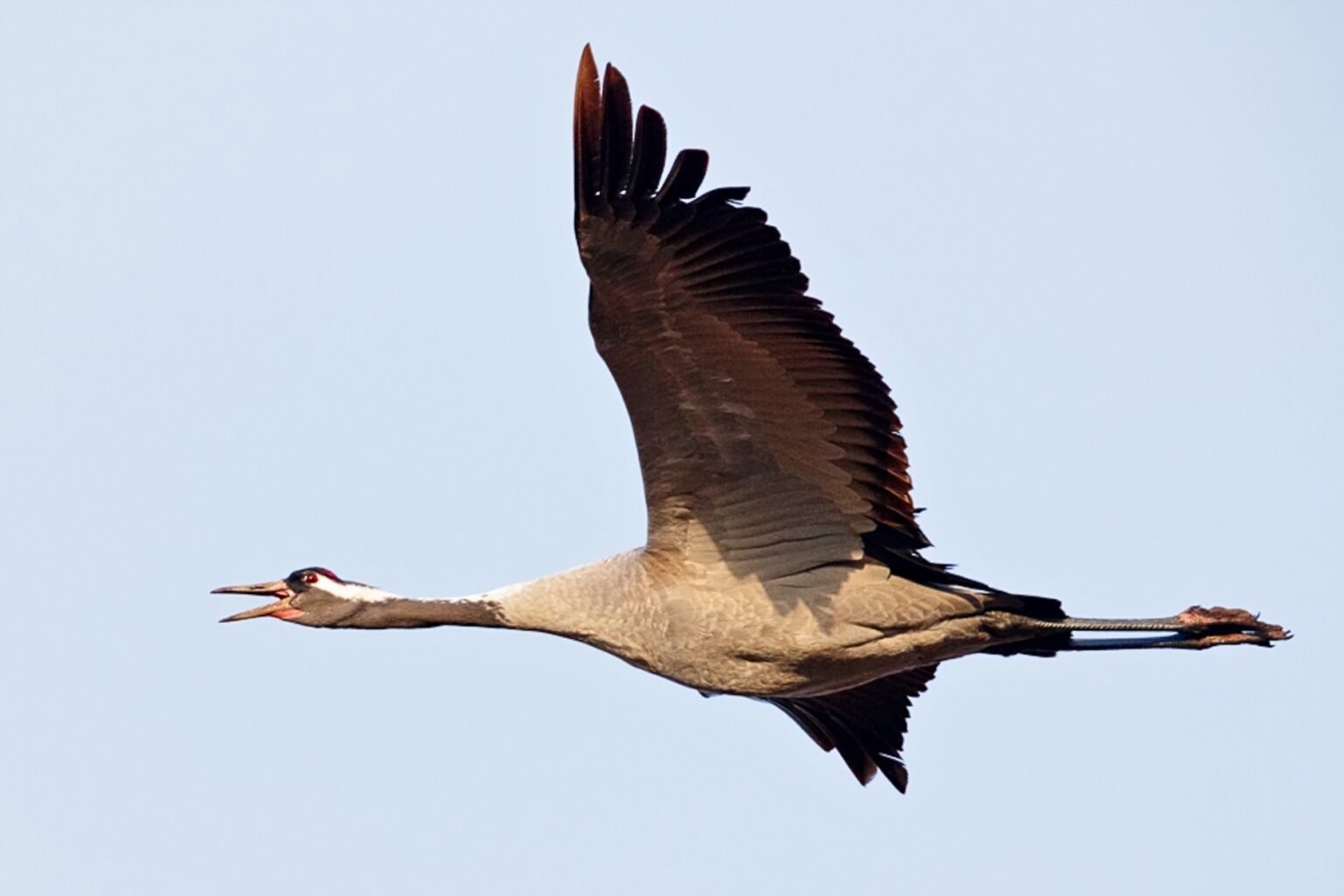Peatland Restoration at Wicken Fen Boosts Carbon Storage and Climate Resilience

The return of rare bird species within hours of restoring peatlands at Wicken Fen has stunned conservationists and environmentalists alike. The project, overseen by the National Trust, marks a significant turning point in the UK’s environmental restoration efforts. Beyond its immediate impact on wildlife, the peatland restoration at Wicken Fen also uncovered a remarkable archaeological discovery: a 5,000-year-old bog oak older than Stonehenge.
The Peatland Restoration Journey at Wicken Fen: Reviving Wetlands and Wildlife
Wicken Fen in Cambridgeshire is the National Trust’s oldest nature reserve and one of the most ecologically diverse wetland areas in the UK. With more than 9,000 species recorded, it has long stood as a testament to the importance of wetland preservation. However, over the decades, agricultural drainage and environmental degradation took their toll on its fragile peatland ecosystem.
To reverse this damage, the National Trust launched its largest lowland peatland restoration project to date—reviving 590 acres (238 hectares) of degraded peatland. This massive endeavor was not only about rewilding landscapes but about safeguarding biodiversity, capturing carbon, and protecting historic landscapes.
Wicken Fen’s Peatland Restoration and Conservation Efforts
The peatland restoration at Wicken Fen wasn’t merely a matter of hydrology and habitat—it became a symbol of how responsive and resilient nature can be when given a chance to recover. Within hours of rewetting sections of land, rare birds such as cranes and great egrets returned. Project manager Ellis Selway described the moment as unforgettable, saying it made the entire effort worthwhile.
“Watching cranes arrive so soon after we raised the water was a moment I won’t forget—it made all the effort and planning worthwhile.”
How Peatland Restoration at Wicken Fen Supports Climate Change Mitigation
Peatlands like Wicken Fen play a disproportionately large role in combating climate change. According to the National Trust, these ecosystems store more carbon than all the world’s forests combined. When drained or degraded, peatlands not only lose their biodiversity but also release stored carbon dioxide, intensifying global warming.

By restoring water levels and rewetting the soil, the Wicken Fen project halts this harmful carbon leakage while simultaneously re-establishing natural habitats.
Rapid Return of Rare Birdlife
A Symphony of Wings: The Return of Rare Wetland Birds
The rapid appearance of rare birds post-restoration is a testament to how quickly nature can bounce back. Cranes began nesting at Wicken Fen in 2019, likely for the first time in 400 to 500 years. The recent restoration attracted not just cranes, but spoonbills, curlews, and little ringed plovers to newly re-wetted areas like Burwell Fen.
The fact that these birds arrived within hours reveals how starved such species are for suitable habitat.
“Seeing nature respond so quickly gives us real hope for the future of this landscape.” — Ellis Selway
Burwell Fen Restoration: Reclaiming a WWII-Affected Landscape
How War-Touched Landscapes Can Recover and Thrive
Burwell Fen, reclaimed for agriculture during World War II, was a key focus of the peatland restoration at Wicken Fen. Acquired by the Trust in 2001, this site was long considered a difficult candidate for restoration. However, thanks to a newly constructed clay bund and sustainable solar-powered pumps, the fen was successfully rewet.
Despite its degraded condition, Burwell Fen retained deep peat from an extinct river, offering a foundation for ecological revival. As water returned, so did the birds—and with them, the hope of full habitat recovery over the coming years.
Archaeological Discovery at Wicken Fen: Bog Oak Older Than Stonehenge
Nature Meets History: Peatland Restoration and Archaeological Discoveries at Wicken Fen
During the restoration works, diggers unearthed a massive bog oak at Spinney Bank. Analysis by the Cambridge Archaeological Unit revealed the tree started growing in 2894 BC—predating iconic historical structures like Stonehenge and Orkney’s Ring of Brodgar.
The bog oak, which lived for 222 years, was preserved in the anaerobic peat soil. This find not only amazed archaeologists but highlighted the role peatlands play in preserving history beneath the surface.
“Discovering a tree that took root nearly 5,000 years ago is a humbling reminder of how much history is preserved in these ancient landscapes,” said Mr Selway.
Peatlands as Natural Time Capsules: Preserving History and Climate
Peat acts like a protective blanket, preserving biological and archaeological materials for millennia. The conditions are so stable that ancient pollen, bones, and even human remains have survived. Wicken Fen’s bog oak joins a growing list of such fascinating finds, underlining the scientific value of peatland restoration at Wicken Fen.
Another item found, initially believed to be a 17th-century cannonball, turned out to be a rollerball from a 19th-century wind pump—a reminder of how even recent history lies buried in these landscapes.
How Peatland Restoration Helps Fight Climate Change
Carbon Capture at Scale
Peatland restoration is one of the most effective natural solutions to climate change. These areas lock in carbon dioxide, methane, and other greenhouse gases. By restoring water flow and halting degradation, the Wicken Fen project prevents carbon from escaping into the atmosphere.
The National Trust estimates that healthy peatlands can store up to 10 times more carbon per hectare than forested land. This makes the peatland restoration at Wicken Fen not just a win for biodiversity—but also a critical weapon in the fight against climate change.
Community and Education – Spreading Awareness
Wicken Fen is also an educational hub. As restoration progresses, the site offers opportunities for citizen science, school visits, and community workshops. Emma Ormond-Bones, Wicken Fen’s general manager, said:
“It’s providing the space and conditions nature needs to recover, while also helping to store carbon and make landscapes more resilient to future environmental challenges.”
Solar Pumps and Climate-Resilient Infrastructure: Powering Sustainable Peatland Restoration
A unique aspect of this restoration was the use of solar-powered pumps to manage water levels. This renewable solution minimizes environmental impact while keeping the restored fen stable.

As climate change threatens to bring more erratic weather, such innovative infrastructure ensures that conservation efforts remain adaptive and future-proof.
Scaling Up Peatland Restoration: A Blueprint for National Environmental Change
The Wicken Fen model demonstrates what’s possible with determination, funding, and scientific guidance. The success of this project provides a blueprint for other conservation sites across the UK and Europe.
With increased government and community support, similar peatland restoration projects could help the UK meet its net-zero targets and biodiversity goals.
Looking Forward – What Comes Next
The peatland restoration at Wicken Fen is far from complete. Building a full fen habitat takes time, but the early signs—returning birds, stabilized peat, and community engagement—signal long-term success.
As efforts continue, conservationists aim to:
- Expand rewetting to nearby degraded areas
- Monitor bird populations and soil carbon levels
- Use drone and satellite tech to track habitat changes
- Continue archaeological digs under scientific supervision
Final Thoughts: Nature’s Rapid Response to Peatland Restoration
Few projects in the UK have shown such rapid biodiversity gains as the peatland restoration at Wicken Fen. Within days—sometimes hours—of habitat revival, nature comes rushing back, as if it had been waiting just beneath the surface all along.
In an era of climate anxiety and ecological loss, Wicken Fen offers a hopeful vision. It tells us that, with the right actions, landscapes can be healed, history can be uncovered, and wildlife can return.
Peatland Restoration at Wicken Fen: Beyond Conservation Efforts
It’s about rediscovering a connection to the Earth that stretches back thousands of years and reimagining what it means to coexist with nature. From the nesting of cranes to the uncovering of ancient oaks, every part of this story reminds us of the urgency—and possibility—of healing our planet’s ecosystems.





For the reason that the admin of this site is working, no uncertainty very quickly it will be renowned, due to its quality contents.
Harika bir paylaşım, özellikle konunun önemli detayları oldukça net bir şekilde açıklanmış. İnsanları çeşitli karmaşık anahtar kelimelerle yormak yerine, okumaktan keyif alacağı içerikler her zaman daha iyidir. Kaliteli paylaşım adına teşekkür eder, paylaşımlarınızın devamını sabırsızlıkla beklerim.
Verdiginiz bilgiler için teşekkürler , güzel yazı olmuş